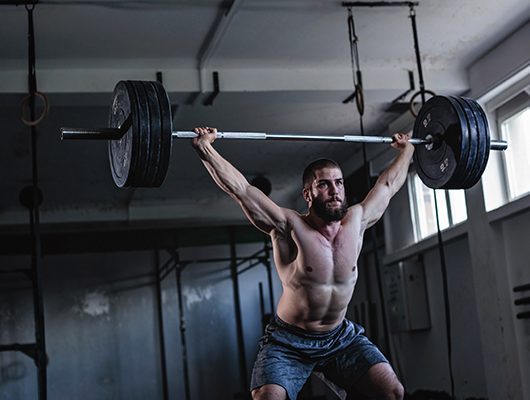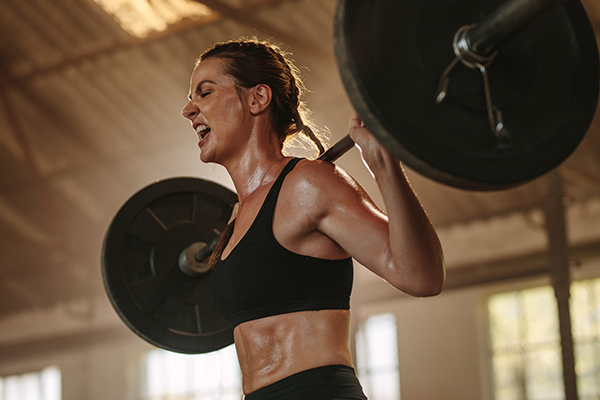In the world of sport, muscle strength is not only a physical attribute, but a determining factor that directly influences athletic performance. From a weightlifter looking to push their limits to a footballer needing explosiveness for a sprint, maximum strength plays a crucial role in a wide range of disciplines. But how specifically does strength relate to key skills such as jumping? A study published in the journal Biology of Sport analyzes the correlation between maximum strength and jumping performance, highlighting the practical implications for coaches and athletes.
The relationship between strength and performance
Maximum strength, defined as the ability to generate the greatest amount of force in a single effort, is influenced by morphological (such as muscle mass) and neural (such as intramuscular coordination) factors. These factors, together with biomechanical aspects, determine the capacity to generate force, which can be improved with resistance training. These elements not only determine the capacity to generate force, but also affect explosive movements such as running and jumping. In sports such as soccer, weightlifting or athletics, strength is essential to overcome external resistance, be it gravity, an opponent or an object.
Muscle strength has a direct influence on athletic performance, and studies show positive correlations between strength and skills such as sprinting, jumping or lifting weights. However, these correlations vary according to the sex, level of training, age and type of sport of the participants, which makes precise comparisons between studies difficult. For example, in very strong athletes, maximum strength has less impact on skills such as running or jumping due to a «saturation effect». It is suggested that the best relationship between strength and jump performance occurs at moderate strength levels. This implies that training strategies should be adapted according to the strength level and experience of the athlete.
Study methodology
The study entitled «Do small samples bias the correlation between strength and jump performance? Multivariate insights into age and sex amidst strength saturation: an analysis of 1,544 participants from different sports» analyzes how relative strength in squats is related to jump performance, controlling for variables such as age, sex, type of sport and level of performance. To do this, data was collected from 1544 physical education students between 2014 and 2023, who performed various series of exercises such as coordination exercises such as knee raises, heel kicks, side steps, 30-meter acceleration runs with short pauses, and squats, among others.
To measure maximum squat strength, the students performed 2 to 4 warm-up sets with submaximal weights, doing between 3 and 6 repetitions per set. Jumping performance was evaluated with a contact mat, calculating jump height from flight time.

Relevant results
The results show that maximum force has a significant influence on jump height, accounting for between 48% and 53% of the variation in performance. However, no clear patterns were found when segmenting the data by these variables.
The analysis revealed that both absolute and relative force have a similar influence on performance, indicating that other factors, such as technique and coordination, are also important. Furthermore, in athletes with very high levels of strength, the relationship between maximum strength and jumping performance decreases, possibly due to a saturation effect. This suggests that, in these cases, other aspects such as explosive strength or the speed of strength development could be more relevant.
Regarding differences by sex and age, the study found that these variables have a moderate or no impact on the relationship between strength and jumping performance. Although a considerable number of women were included, the majority of participants were men, which could limit the interpretation of the results. It was also observed that the groups with extreme levels of strength (very low or very high) had fewer participants, which could affect the accuracy of the conclusions. The study highlights the need for more long-term research to confirm these relationships and optimize training strategies.
Continue your professional training
Are you passionate about sport and do you dream of taking your career to the next level? The Master’s Degree in Physical Activity: Training and Sports Management from UNIB is your opportunity to become a highly trained professional in the field of sports training and sports management. If you want to be part of the evolution of sport and make a difference in the performance of athletes, this master’s degree is for you. Whether your goal is to work with elite athletes, design innovative training programs or contribute to the development of scientific research, this program will give you the tools to achieve it.
Enroll now and start building your legacy in the world of sports!

